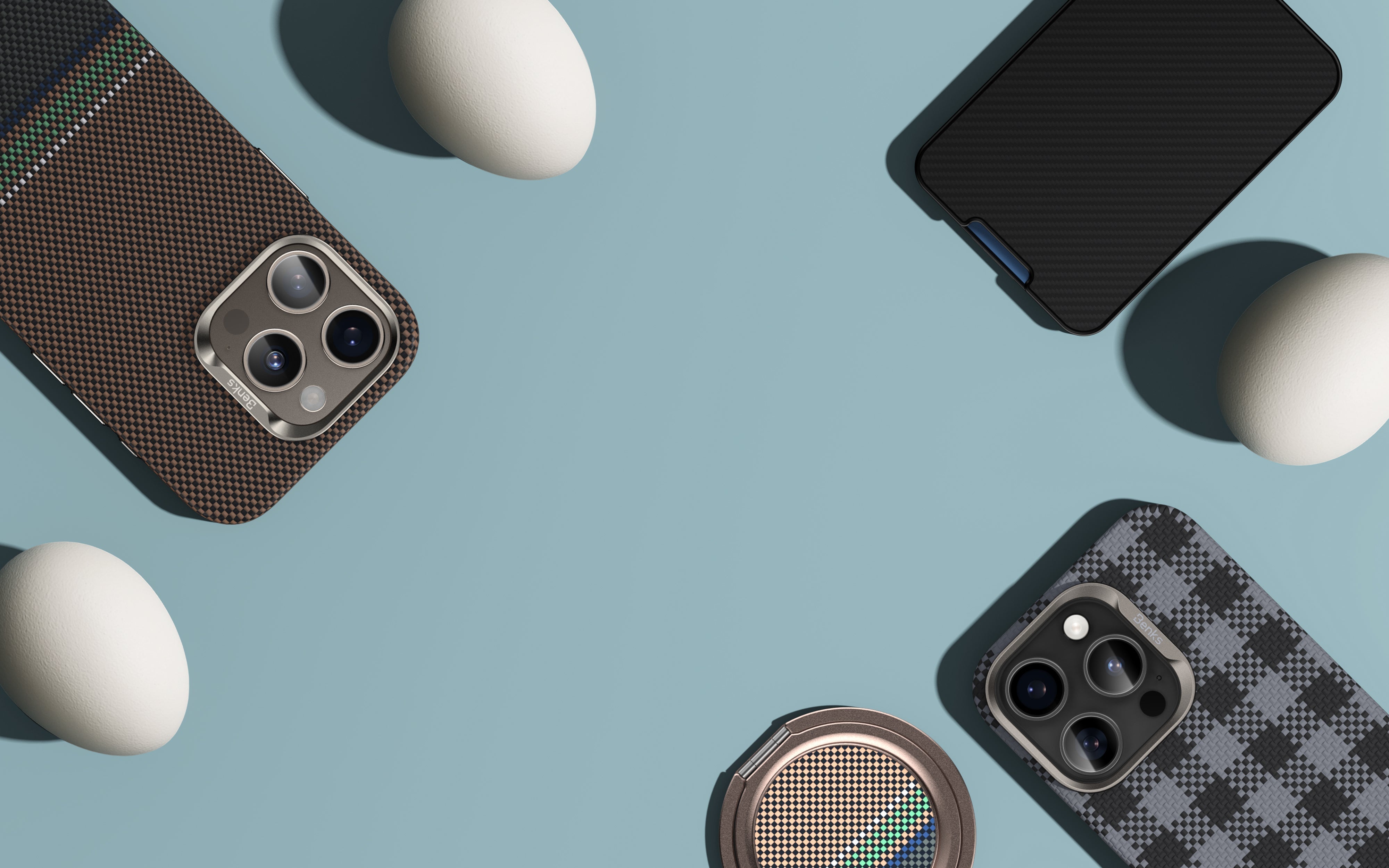
Is It Better to Wireless Charge or Wired Charge?
Is it better to wireless charge or wired charge? It’s a question more and more smartphone users are asking. With wireless chargers, MagSafe accessories, and high-speed USB-C cables flooding the market, figuring out which charging method suits your daily routine can be confusing.
In this article, we’ll break down wireless charge vs wired charge, compare speed, heat, and usability, and help you find the best approach for everyday life.

⚡ What Is Wired Charging?
Wired charging is the traditional method of charging your phone using a USB-C or Lightning cable. It’s direct, efficient, and still preferred by many users.
✅ Pros:
-
Faster charging speeds, especially with modern fast chargers
-
Low heat generation, which helps preserve battery health
-
Ideal for low battery emergencies
❌ Cons:
-
Involves cables that can wear out or tangle
-
Reduces mobility while in use
-
Potential long-term wear on charging ports
If speed is your top priority, wired charge is usually your best bet.
🔋 What Is Wireless Charging?
Wireless charging uses electromagnetic induction to transfer energy from the charger to your device — no physical connection needed. You simply place your phone on the pad and charging begins.
✅ Pros:
-
No cables required — ideal for desks and nightstands
-
MagSafe-compatible accessories offer precise alignment
-
Less wear and tear on charging ports
❌ Cons:
-
Charging speed is generally slower
-
Generates more heat during the process
-
May be disrupted by thick or incompatible phone cases
Many users ask, “Should I wireless charge my phone daily?” The answer depends on how — and when — you use it.
💡 Which Is Better for Daily Use?
So, is it better to wireless charge or wired charge for your daily routine?
If your battery is above 50%, wireless charging works well — the slower speed isn’t a problem, and heat levels are moderate. But when your battery dips below 50% or especially under 30%, it’s best to go wired. Charging wirelessly at low battery levels can generate more heat, sometimes making your phone noticeably warm.
That said, the biggest advantage of a wireless charging power bank is freedom: it acts as an external battery constantly connected to your phone, no cords required. You don’t need to carry cables, and it doesn’t add much bulk — perfect for commutes, travel, or casual use.
In short:
-
Need fast, efficient power? Go wired.
-
Want convenient, cable-free charging? Go wireless.
-
Best strategy? Use both — when the situation calls for it.

🔌 The Role of Magnetic Alignment in Wireless Charging
For wireless charging to work efficiently, especially with magnetic wireless chargers or power banks, strong and stable magnetic alignment is key. That’s why most wireless chargers rely on MagSafe-style magnets to keep the phone perfectly aligned with the charging coil.
However, not all phone cases are built for this. The presence, position, and strength of the magnetic ring in a case can significantly impact the charging experience — and even the comfort of holding the phone.
-
Too weak? The phone may slip off.
-
Too thick? It could block wireless charging altogether.
-
Poor magnet placement? Charging speed and stability may suffer.
That’s why choosing a case designed specifically for magnetic charging is important if you use wireless charging regularly. If you're looking for a reliable option that supports both function and comfort, feel free to check out our lineup of MagSafe-compatible cases on the official BENKS website.
👉 Explore MagSafe-Compatible Cases
Final Thoughts
When asking “Is it better to wireless charge or wired charge?”, the answer isn’t black and white. Each method has its strengths — and choosing the right method depends on your usage pattern, battery level, and convenience needs.
Wired charge gives you speed.
Wireless charge gives you simplicity.
The best solution? Combine both for flexible, reliable, everyday power.

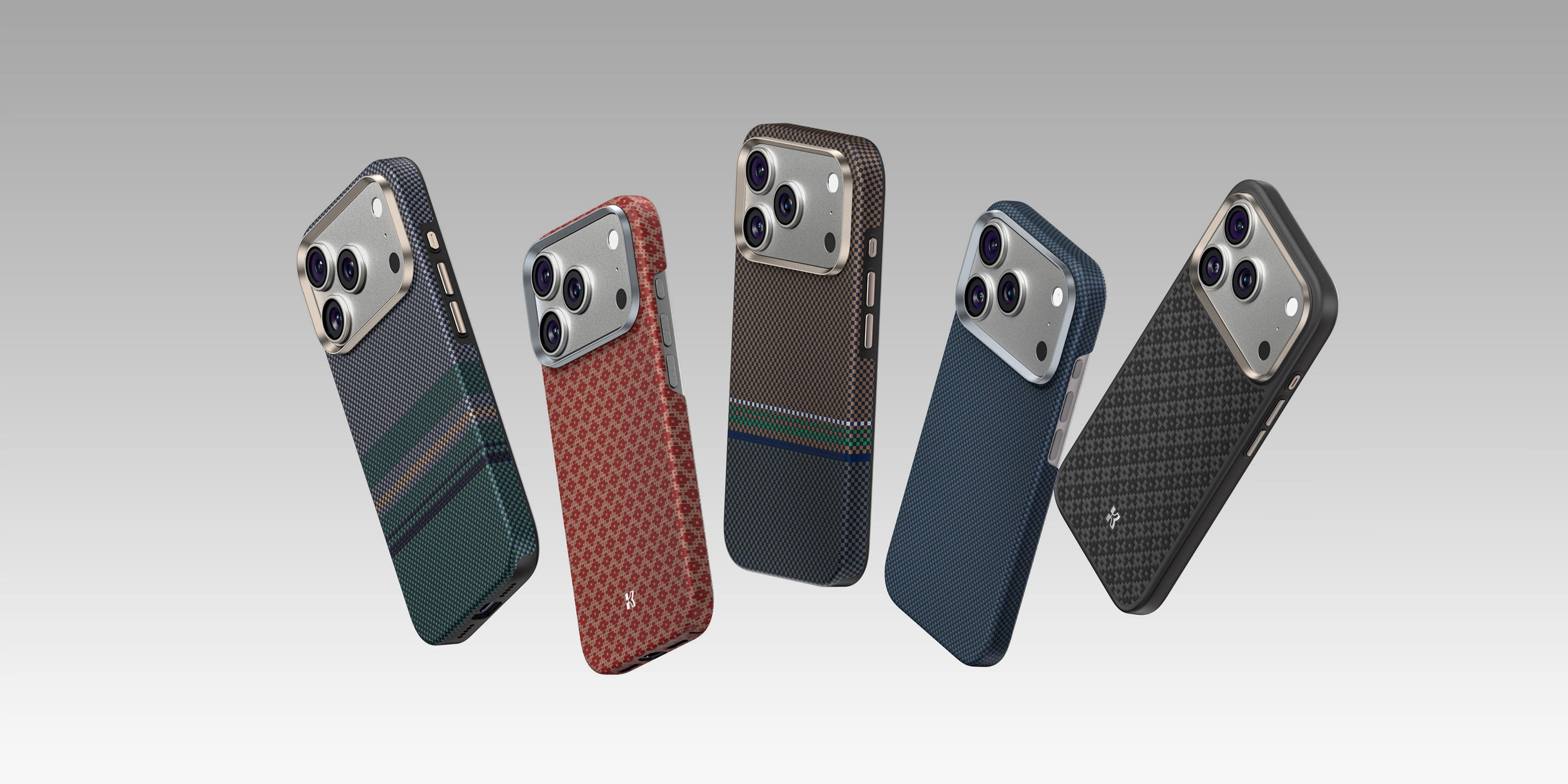
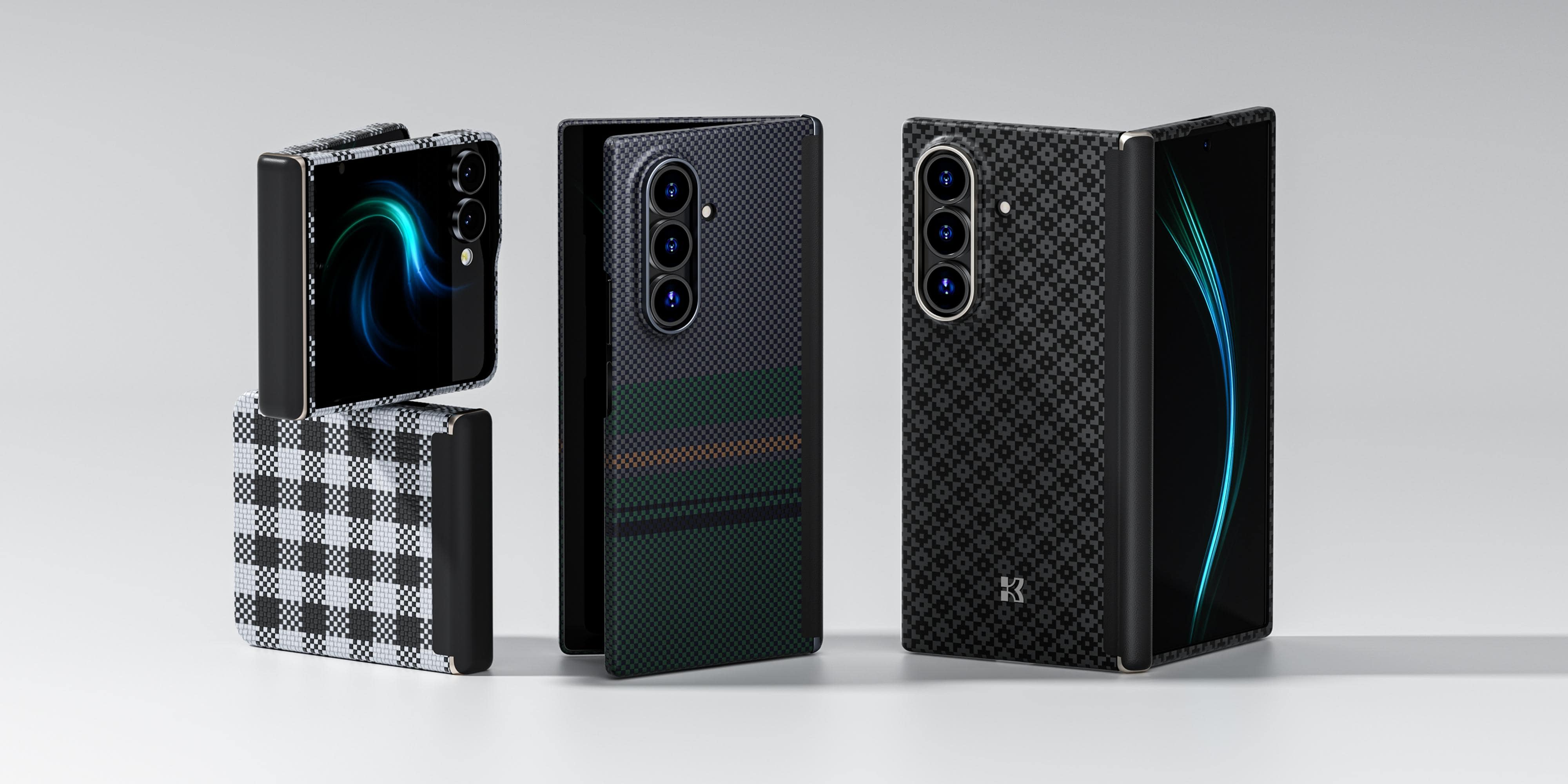
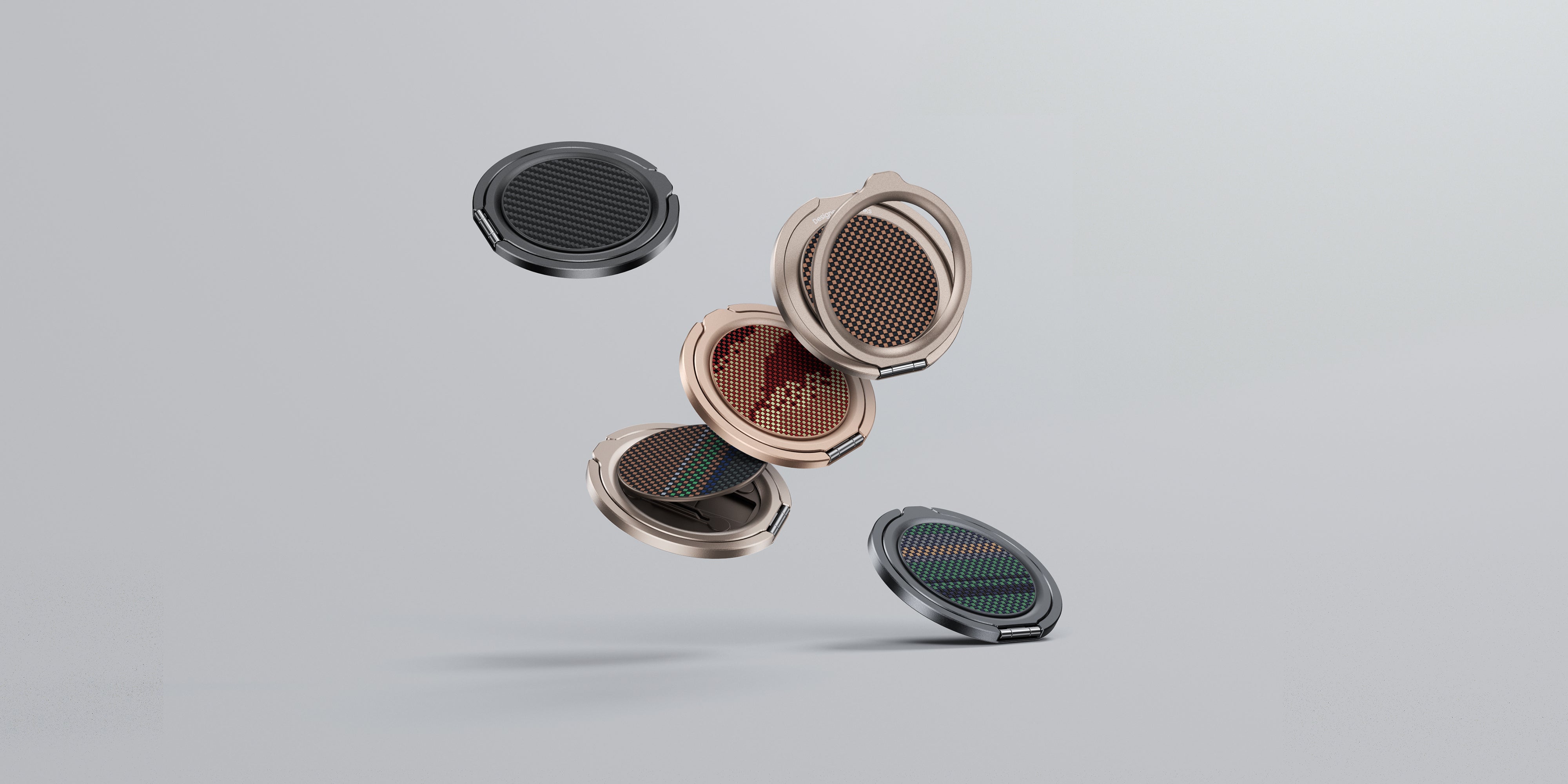
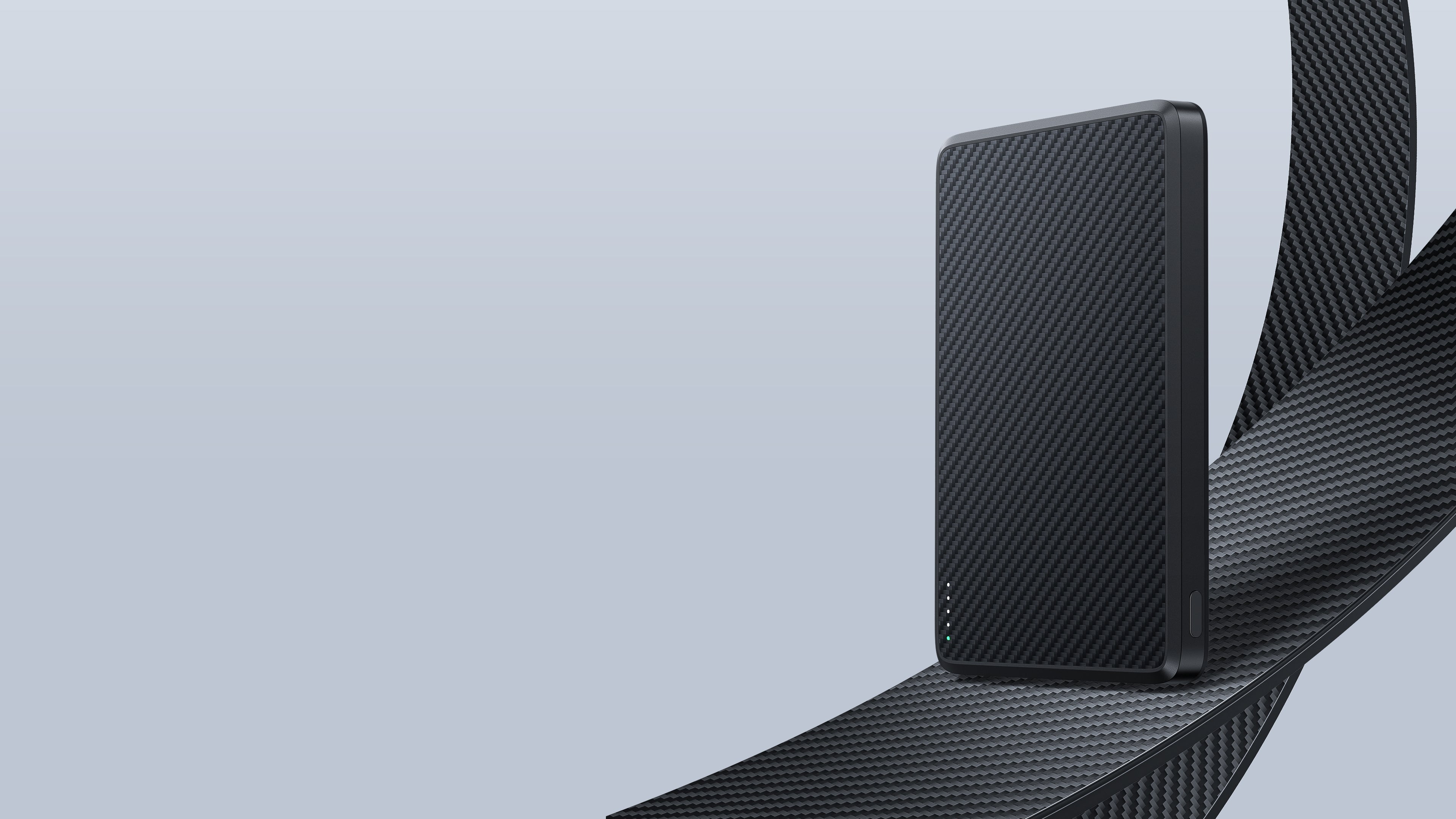
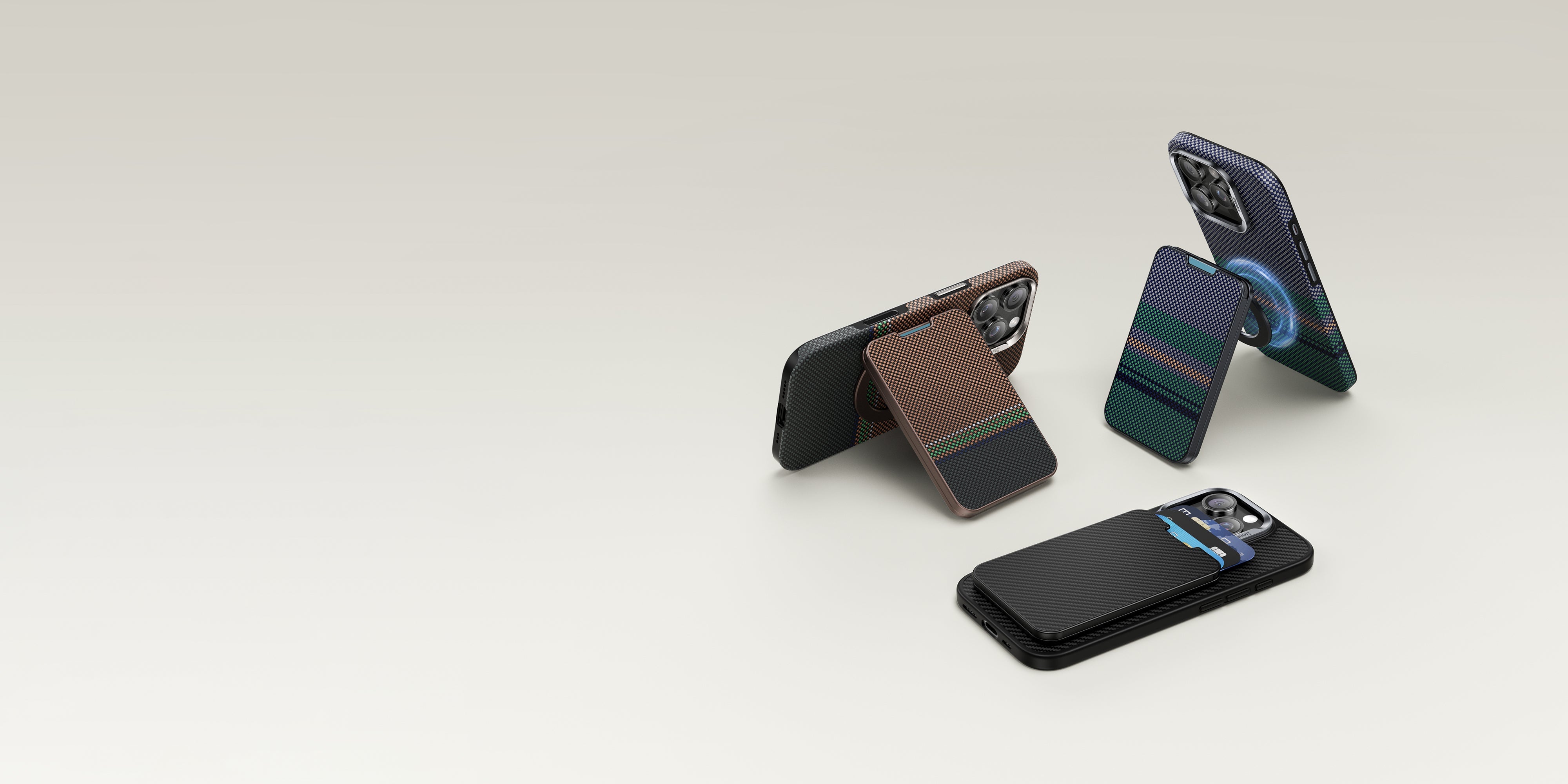





Leave a comment
This site is protected by hCaptcha and the hCaptcha Privacy Policy and Terms of Service apply.